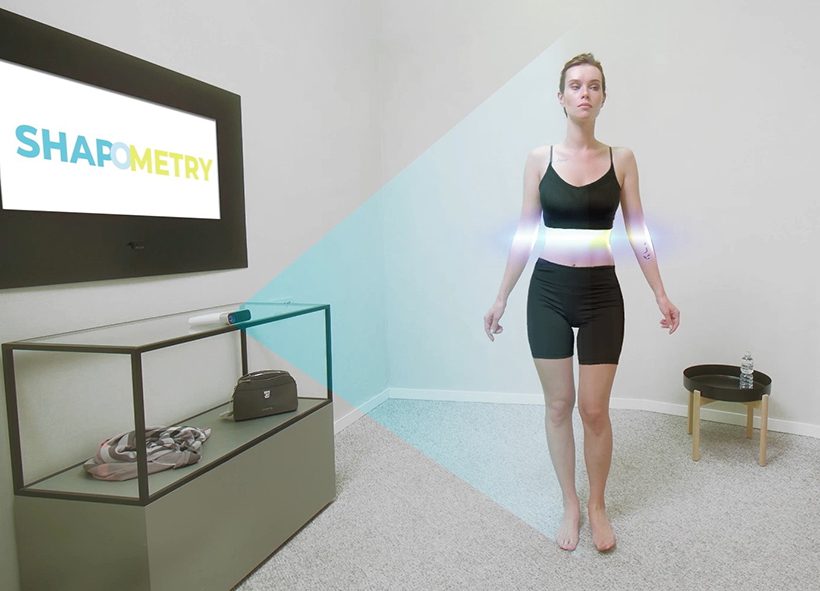In the last few years, even the most conservative retailers have admitted that the retail market has changed. Those who were first to adapt were able to achieve phenomenal results and became market leaders, some of them have characteristics for investment on the same level of IT giants (e.g. LVMH priced the same way as Alphabet/Google), while many of the ex-leaders who were unable to see these market changes went bankrupt. The firms who failed to take early action but had enough cash in reserve to survive are struggling to keep up.
New Reality
Today everything has changed – global quarantine, disruptions in manufacturing and logistics chains, massive store closures, and so on. 3 months ago, nobody could have predicted that radical changes would be needed so suddenly. In the last few weeks, the market cap for fashion brands and retailers have dropped by 30-70%, the volume of sales fell by 60% offline (for those who are still open) and 15% online.
How to act?
Management of each company takes measures to adjust the effects of the crisis based on their’s individual situation. Only you can make the right decision for your company in such moments when demand declines so sharply. However, the crisis is a window of opportunity to implement those solutions which have been delayed, so you could meet the recovery at your best.
Trends
Omnichannel. Offline to online today matters as much as it was never before. Depending on your current proportions for online retail sales (for China, it was over 38% in 2019, UK – 22%, US – 16%) annual growth varies between 10–25%. In 2019, 77% of all apparel sales have been made in offline, as 3 out of 4 customers want to try it on before buying, even though 4 out of 5 have bought at least one item online. Today, due to artificial & temporary limitations, these proportions might change exponentially, and analytics believe they will never return to pre-crisis levels. The same goes for many of those who will have no other choice than to order online these days; they will continue to do so when life becomes “normal” again. The key factor here will be the satisfaction with the experience. Nevertheless, we believe offline retail will keep its dominant position in the nearest future, and the next trend explains why.
Experience & engagement. These days, it’s possible to buy almost everything online with delivery in a few hours, and the costs associated with such sales are significantly lower than in brick & mortar retail. That’s why shops have to offer not only a product but experience. Classic shopping today is not a necessity, but entertainment, the pleasure of spending time with your friends and family, or getting new experiences.
Personalization. The most valuable thing today is time, competition between brands skyrocketed the marketing costs of attracting attention from potential customers. That’s why it is so important to be able to show your customers what should be attractive specifically to them, rather than the faceless average customer.
Sustainability in production & consumption. Both ideologically (primarily for gens Y & Z) and financially – that’s a super important issue. The global annual volume of textile waste is over 92 million tons, costs of fit-related returns are over 60 billion dollars, and 88% of customers are frustrated with sizing inconsistency between brands.
3D scanning & digital fitting rooms tech

Today Texel’s solutions allow brands to propose unique experiences for shopping in both offline & online, 80% of those who’ve tried it – left positive feedback describing the experience as exciting. Another critical factor here is the prevention of returns before they happen. The development of digital assets, in this case, a customer’s dataset, is useful for two reasons. It helps your customers find those items which fit them personally. Secondly, it allows brands to adjust production based on the features of your customers rather than using national datasets for ”average bodies”, which may vary significantly depending on the age, income, and location of your audience.
In 3 years, digital fitting rooms and 3D scanning techs for the human body will become as essential as a website today. Pioneers who will successfully implement it first will become market leaders, and others will have no other choice than try to catch up or sink. What will your choice be?
